Winged Beauties of Toa Payoh Town Park
Dragonflies hold a unique fascination for people all over the world. They represent swiftness and pure water to Native Americans, and are symbols of bravery and happiness to the Japanese. In parts of Europe, they even have been linked to evil legends.
Here in Singapore, our interest in dragonflies extends beyond myths and curiosity, into the realm of serious research. NParks conducted a dragonfly project for two years from 2008 to 2010, with the objective of surveying ponds in parks for their dragonfly diversity and population. With the results, a whole host of dragonfly-related activities was conducted, ranging from outreach programmes to contributions to scientific publications.
|
Did You Know?- Scientists classify dragonflies and damselflies in the order Odonata. This name comes from the Greek word ‘odonto’. It means ‘toothed’, and refers to the teeth on the mouths of adults. - There are some differences between the two suborders in Odonata. Dragonflies are large, powerful fliers and rest with their wings open. Damselflies are smaller and have a fluttery flight; most of them rest with their wings closed over their back. |
Of the 19 parks surveyed, a significant finding was made at Toa Payoh Town Park. A very rare damselfly, the Orange-faced Sprite (Pseudagrion rubriceps), was discovered there. This damselfly was first recorded in Singapore by researchers in 1993 from a single location within the nature reserves, and has not been sighted anywhere else – till now!
This damselfly is so rare that the population at Toa Payoh Town Park is very low. Only about three or four damselflies of this species are seen each time, and sometimes not a single one can be sighted. It is a mystery why the Orange-faced Sprite is so rare here, since it is commonly found in the region. A possible reason would be that it has been out-competed by more common species of damselflies. Regardless, the pond at Toa Payoh Town Park is now an important refuge for this striking damselfly.
Including the Orange-faced Sprite, a total of 18 dragonfly and damselfly species have been recorded at Toa Payoh Town Park. With lush water plants lining the pond’s edge, and its accessibility from the town centre, this park is an ideal place for dragonfly watching.
On sunny days, a good many species can be easily observed along the water’s edge and bridges. Dragonflies like the Common Parasol (Neurothemis fluctuans) and Common Scarlet (Crocothemis servilia) can be found in abundance. Another beautiful dragonfly that inhabits the pond is the bright pink Crimson Dropwing (Trithemis aurora).
Because it is located in middle of a bustling housing estate, the park has been an ideal location for school fieldtrips. The staff of Sungei Buloh Wetland Reserve conducted one such session at Toa Payoh Town Park, for students from Kheng Cheng Primary School.
As part of the workshop, the schoolchildren were allowed to catch dragonflies at this park under the supervision of teachers and NParks staff. This fun exercise helped to dispel their fear of insects, and also taught them to differentiate between the various species and their behaviours. Most importantly, the children gained an appreciation and respect for nature, through learning how to handle the insects gently.
Toa Payoh Town Park is just one of several parks in Singapore that supports a good dragonfly diversity. As each pond is of a different size and water planting scheme, each park harbours a different variety and number of dragonflies.
Besides parks, our nature reserves also have rare species of dragonflies and damselflies which are otherwise not found in an urban setting. In total, 124 species have been recorded in Singapore. If you would like to explore and appreciate these vibrant and photogenic insects, here are some handy tips:
- The best time for dragonfly watching is in the day, from 10 am onwards, especially in sunny weather. Most dragonflies will be active by this time after ‘warming up’ in the sun.
- Dragonflies do not bite and are in fact totally harmless, so feel free to approach them up close.
- A good pair of binoculars will allow you to view dragonflies even more clearly. You can consider investing in binoculars that are designed specifically for watching insects.
- Dragonflies are not affected by loud noises. You can continue to talk at normal volumes while watching them.
- Some dragonfly species like to perch for long periods. You can take very good close-up pictures of these species, if you approach them slowly without scaring them away.
- Different species may visit a pond at different times of the day. The longer you stay at a pond, the more species you’ll see.
- As always, take only pictures, and leave only footprints behind. Be mindful not to litter into ponds, as these are the habitats of dragonfly larvae.
By Robin Ngiam
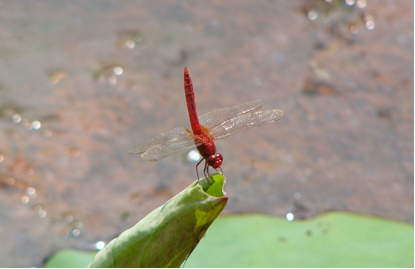
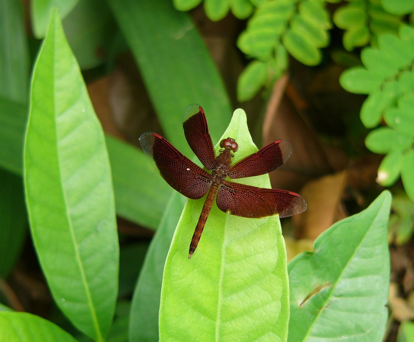
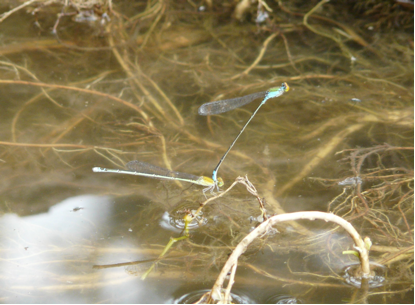
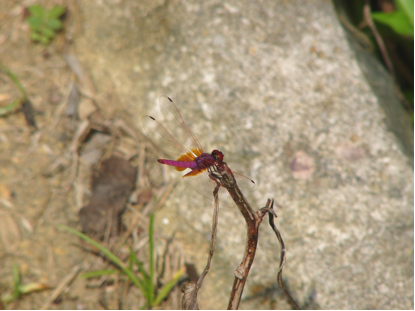


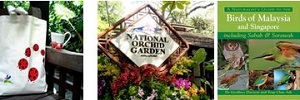
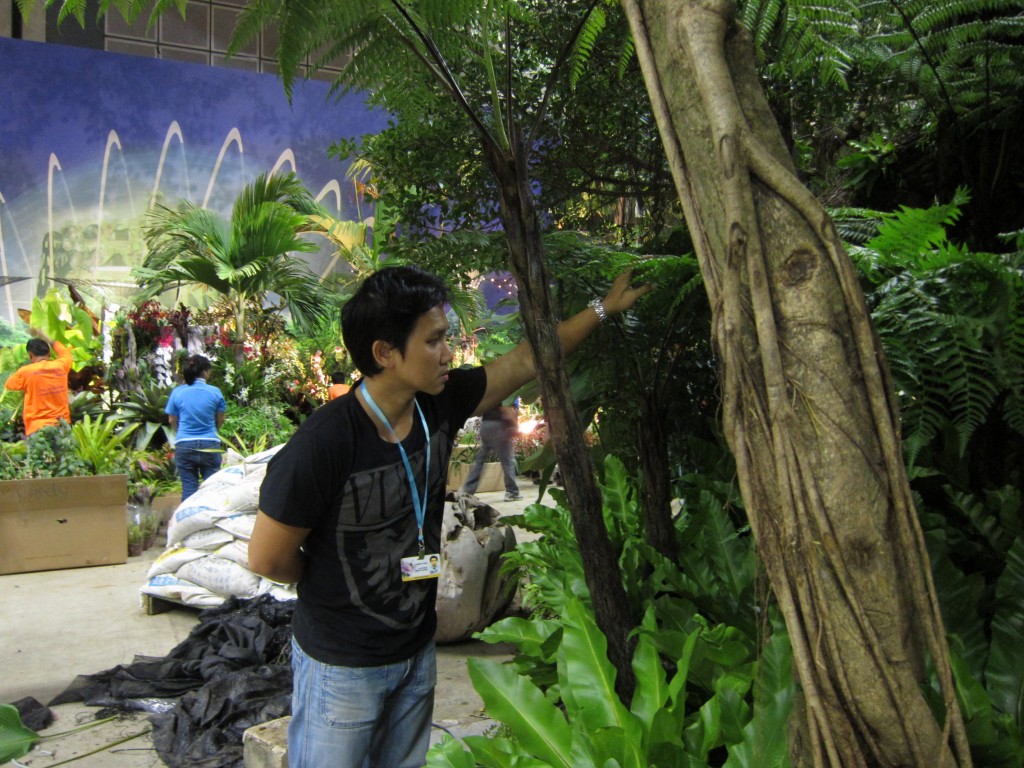
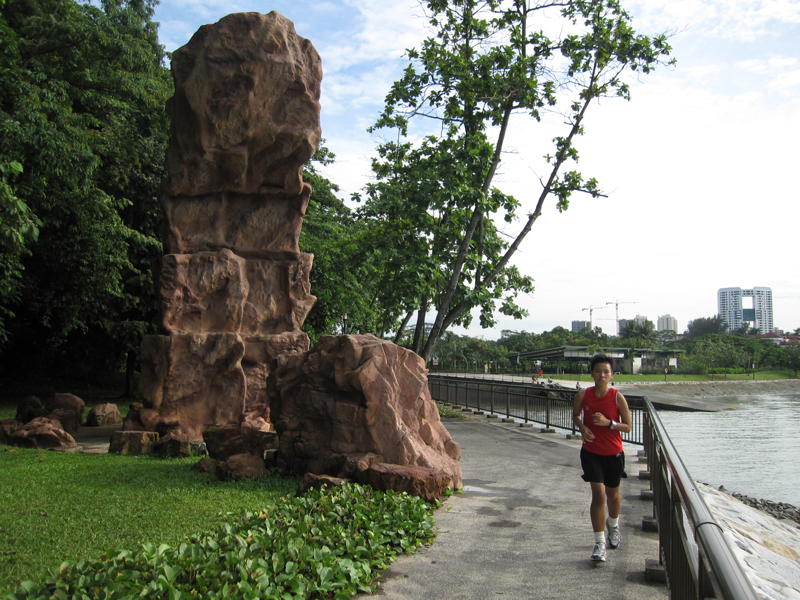
Have views or comments on this article? Let us know via this form. If you would like to give us feedback on any other areas relating to our parks and gardens, please submit via https://www.nparks.gov.sg/feedback